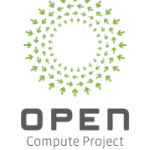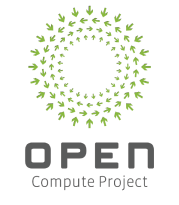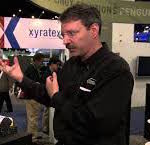 At this year’s Open Compute US Summit 2015, a number of vendors and software providers have announced new technology aimed at optimizing datacenter operations. The summit is part of the Open Compute Project (OCP) which aims to develop the most efficient datacenter designs for scalable solutions, by openly sharing ideas, specifications, and other intellectual property.
At this year’s Open Compute US Summit 2015, a number of vendors and software providers have announced new technology aimed at optimizing datacenter operations. The summit is part of the Open Compute Project (OCP) which aims to develop the most efficient datacenter designs for scalable solutions, by openly sharing ideas, specifications, and other intellectual property.
Much of the specifications for these new technologies are aimed at being as open and vendor neutral as possible, working with any combination of OCP hardware/software.
Phil Pokorny, chief technology officer, Penguin Computing said: “Facebook had the forethought to create the Open Compute Foundation and share IP from designing a highly efficient computing infrastructure at an extremely low cost. We are now building on that collaborative development model to bring expanded flexibility with regard to form factors, processors and configurations for a broad range of customer requirements.”
- Mellanox contributed wavelength specifications to the Open Compute Project, in addition the company announced Multi-Host, an innovative technology that provides high flexibility and major savings in building next generation, scalable Cloud, Web 2.0 and high-performance datacenters.
- Broadcom announced the availability of the Broadcom Open Network Switch Library (OpenNSL). In addition Penguin demonstrated its new Penguin Tundra cluster platform, based on Open Compute Project rack level infrastructure.
- Cavium’s XPliant team has been working with both hardware and software vendors to submit OCP designs based on their XPliant switches. The company recently released the XPliant switch SDK (software development kit) which has full support of the Open Network Install Environment (ONIE). ONIE is an OCP open source initiative that enables the decoupling of Ethernet switch hardware from networking software.
- Last but by no means least, Hewlett Packard announced the Cloudline server family, the result of a HP-Foxconn joint venture, the servers are designed to be cost-focused and customizable compute platforms which offer capacity on demand, flexible operations and low costs. Built on open-design principles, HP Cloudline servers support open management tools and leverage common industry interfaces in hardware and firmware.
The open compute summit began with a small team of Facebook’s engineers working on a difficult challenge: scaling computing infrastructure in the most efficient and economical way possible. Working out of an electronics lab in the basement of their Palo Alto, California headquarters, the team designed a data centre from the ground up.
The project resulted in the team building their own custom-designed servers, power supplies, server racks and battery backup systems so they could optimize the design at every level of the data centre.
The result is that Facebook’s Prineville data centre uses 38 per cent less energy to do the same work as their existing facilities, while costing 24 per cent less. Facebook then made the bold decision to release these specifications in order to spark a dialogue between datacenter users and owners and the vendors providing the technology. The Open Compute Project (OCP) was created with this same mind set of sharing information and IP to create a better ecosystem for data centre design – the popularity of this project led to the creation of the Open Compute summit.
This story appears here as part of a cross-publishing agreement with Scientific Computing World.





